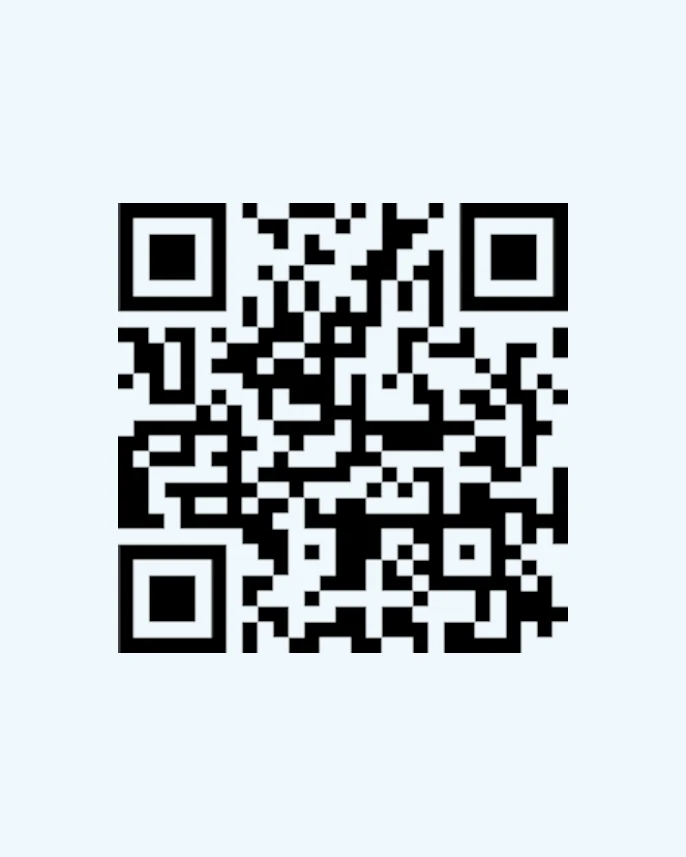QR code, short for Quick Response code, is a two-dimensional barcode that have become ubiquitous in today’s digital age. These square patterns composed of black and white modules can store vast amounts of information, making them ideal for various applications. QR codes have revolutionized the way we access data, from product details and website URLs to contactless payments and event registrations.
In this article, we will explore the fascinating world of QR codes, delving into how they work, their diverse applications in different industries, and the benefits they offer. From streamlining business processes to enhancing consumer experiences, QR codes have undoubtedly left a significant impact on our interconnected world.
Understanding QR Codes
A QR code is a type of two-dimensional barcode that stores data both horizontally and vertically, resulting in a square pattern. These codes were initially developed in the automotive industry by Denso Wave, a subsidiary of Toyota, in 1994. The primary purpose was to track vehicles during manufacturing processes efficiently.
QR codes are different from traditional barcodes in that they can store much more information, including alphanumeric characters, binary data, and even special characters. This versatility allows them to be used in a wide range of applications beyond product tracking.
When scanned using a QR code reader or a smartphone’s camera, the QR code’s encoded data is instantly retrieved and translated into actionable information. This can include website URLs, contact information, product details, event registrations, app downloads, and more. QR codes have become an integral part of the Internet of Things (IoT) ecosystem. Moreover, facilitating quick and seamless data exchange between physical and digital realms.
The Applications of QR Code
QR codes have found numerous applications across various industries, enhancing convenience and efficiency. Let’s explore some of the key applications of QR codes:
- Product Packaging and Tracking: QR codes are commonly used on product labels and packaging to provide detailed product information, trace its origin, and facilitate supply chain management.
- Marketing and Advertising: QR codes are integrated into marketing campaigns to direct customers to promotional websites, coupons, or exclusive offers. They bridge the gap between physical ads and digital content.
- Mobile Payments: QR codes enable contactless payments, allowing users to scan a code on their smartphones to complete transactions. This technology has gained popularity in restaurants, retail stores, and public transportation systems.
- Event Management: QR codes streamline event registration and check-ins. Attendees can present QR codes on their mobile devices to gain access to conferences, concerts, and exhibitions.
- Digital IDs and Authentication: QR codes are utilized in digital identification systems to verify users or grant access to secure areas. They serve as a secure and convenient authentication method.
- Contact Information Sharing: QR codes simplify contact information sharing by allowing users to generate codes that contain their details. Others can scan these codes to save the contact information directly to their devices.
The Benefits of QR Code
QR codes offer various advantages, making them a valuable tool for businesses and consumers alike. Let’s explore the benefits of QR codes:
- Easy and Quick Data Retrieval: QR codes enable instant access to information with a simple scan, eliminating the need for manual data entry or lengthy URLs.
- Space-Saving and Versatile: QR codes can store extensive data in a compact space. Moreover, making them versatile for various applications while conserving valuable real estate on packaging and marketing materials.
- Cost-Effective: Creating and printing QR codes is cost-effective compared to other technologies, making them an affordable solution for businesses of all sizes.
- Enhanced Consumer Engagement: QR codes bridge the gap between offline and online experiences. Moreover, providing consumers with interactive and personalized content, such as promotional offers and product details.
- Contactless and Hygienic Solutions: QR codes facilitate touchless interactions, reducing physical contact and promoting hygiene, especially in the context of mobile payments and event check-ins.
- Improved Analytics and Tracking: QR codes can be tracked, allowing businesses to gather valuable data on consumer behavior. Moreover, campaign effectiveness, and customer engagement.
QR Code Best Practices
To ensure the effectiveness of QR codes in your business or personal use, consider implementing the following best practices:
- Optimize for Mobile Devices: Ensure that the QR code is easily scannable with mobile devices by selecting an appropriate size and design.
- Test the QR Code: Before launching a QR code campaign, test it on different devices and QR code readers to ensure compatibility and accurate data retrieval.
- Provide Value: Offer valuable incentives or information to users who scan your QR codes. Such as exclusive discounts, relevant content, or useful resources.
- Place QR Codes Strategically: Position QR codes where they are visible and easily accessible to the target audience. Moreover, avoiding obstructions or glare that may hinder scanning.
- Track and Analyze Performance: Monitor the performance of your QR codes through analytics tools to assess their effectiveness and make data-driven improvements.
Conclusion
QR codes have evolved from their automotive roots to become an integral part of modern life. Moreover, simplifying data retrieval and enhancing convenience in various industries. From product packaging to contactless payments and event management, QR codes continue to offer benefits for businesses and consumers alike.
By following best practices and leveraging their versatility, QR codes present opportunities to streamline processes, engage customers, and bridge the gap between physical and digital experiences. Embrace the power of QR codes in your daily life and unlock their full potential for seamless data exchange and enhanced interactions.
